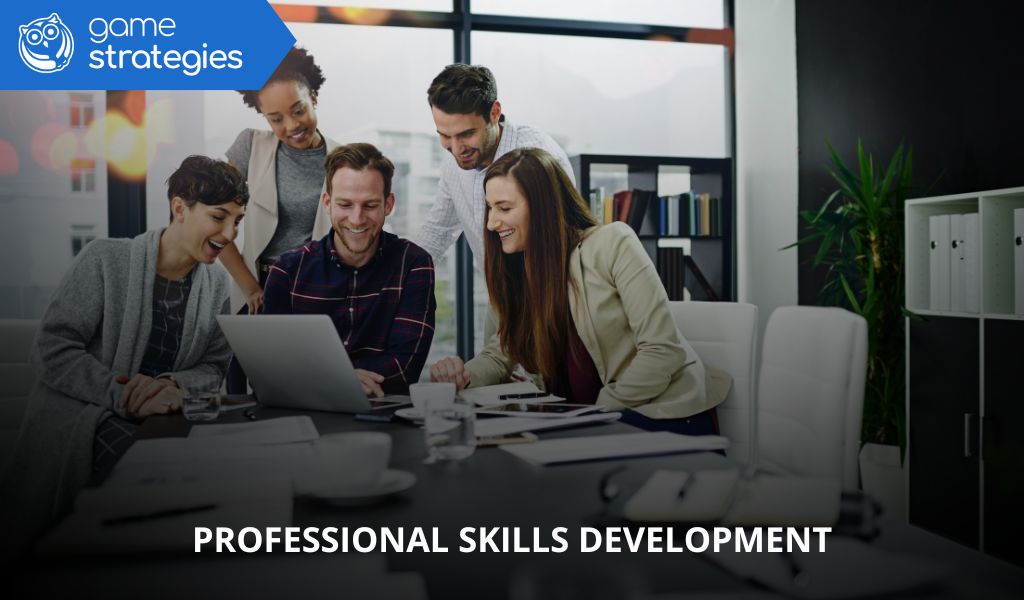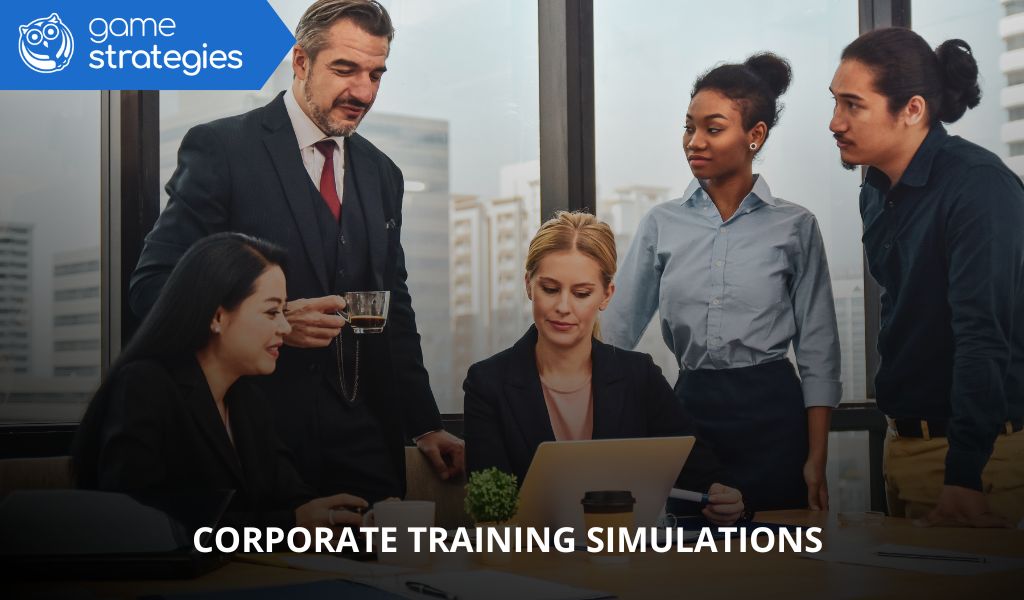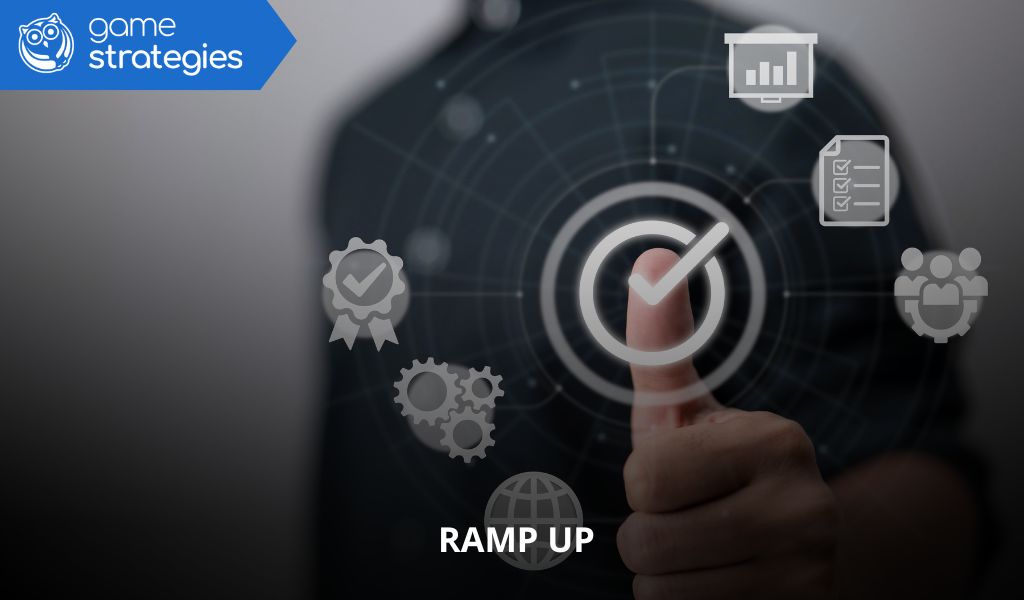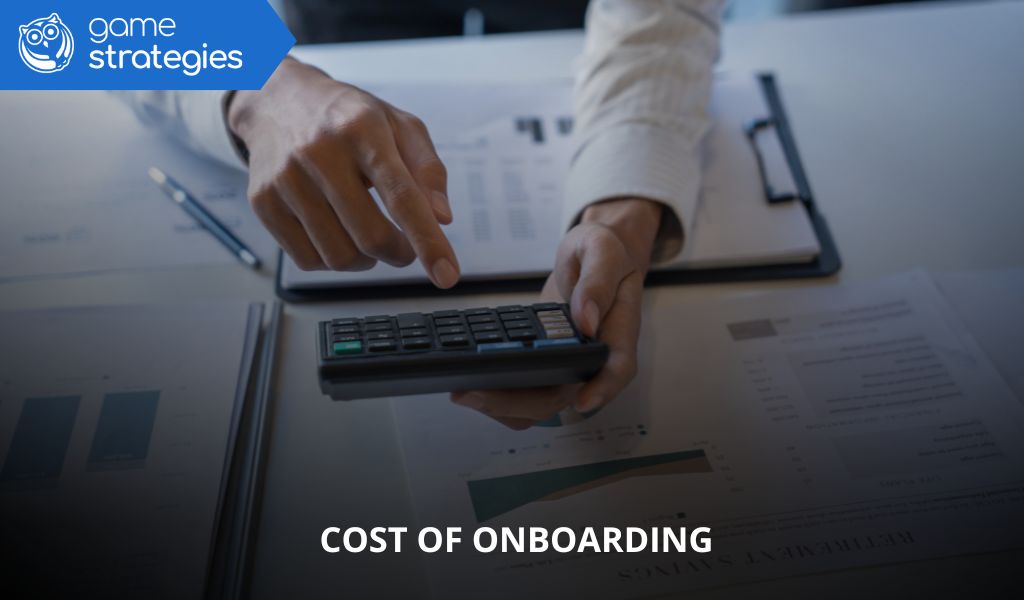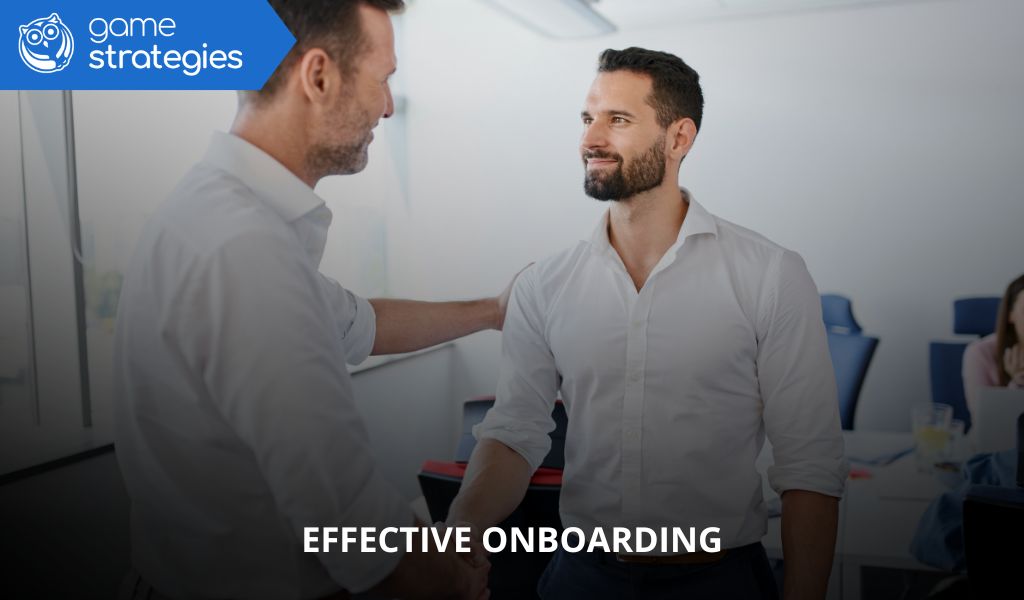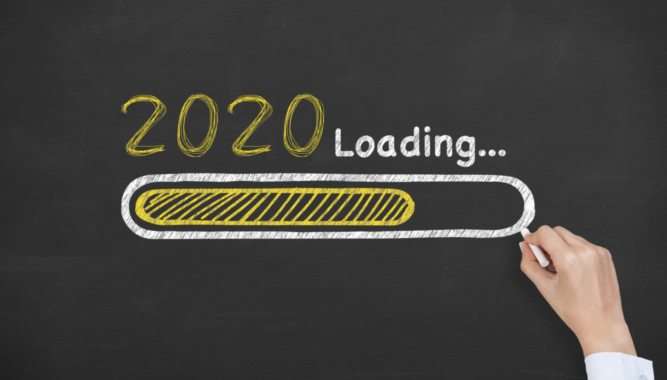In a world where change cycles are getting shorter and job roles demand versatility, professional skills development has become a competitive advantage. However, many organisations still rely on training models that fail to go beyond theory: massive courses, passive videos or memory-based assessments that have little to do with the reality of the job.
To close the gap between knowing and doing, it is not enough to provide content; what’s needed are experiences that transform behaviours and measure results. Throughout this article a practical guide of more than 2,000 words — you will discover:
- Why stimulating professional skills development is key to your talent strategy.
- How the learning environment can favour (or hinder) skill transfer to the workplace.
- 10 actionable tricks, backed by neuroscience and learning psychology, to activate motivation and behavioural change.
- How a specialised platform like Game Strategies implements these principles and measures real impact.
Why is it essential to strengthen professional skills development in your team?
The term professional competence refers to the combination of knowledge, skills and attitudes that enables a person to perform a task effectively. Professional skills development goes beyond simply “knowing”; it means training observable, verifiable and repeatable behaviours.
The gap between knowledge and behaviour
Most traditional training models rely on overloading learners with passive information — endless readings, lectures, dense presentations — hoping that they will “clarify” it all when needed. The result is a forgetting curve that collapses within days. In fact, studies estimate that more than 70% of content is forgotten during the first week after an exclusively expository course.
Key causes of this gap include:
- Lack of contextualised practice. Knowing how to describe a procedure is not the same as applying it under pressure.
- Absence of immediate feedback. Without timely correction, mistakes consolidate into habits.
- Limited extrinsic motivation. Diplomas and training hours do not generate genuine engagement if the content fails to connect with personal goals.
- Unreceptive work environments. If the culture does not reinforce new behaviours, the training effort dissolves.
How the learning environment influences real professional skills development
Skills flourish when instructional design — methodology, resources and technology — replicates the factors people face in their day-to-day work:
- Realistic context. Scenarios, fictitious clients, time pressure and decisions with consequences.
- Feedback and reinforcement. Personalised comments, progress metrics and social recognition.
- Psychological safety. Spaces where making mistakes does not lead to sanctions but rather to learning opportunities.
- A culture of deliberate practice. Spaced repetition, clear goals and progressive difficulty.
The question, then, is not whether to invest in professional skills development, but how to do so effectively and sustainably.
10 effective tricks to boost professional skills development

Below, we explore ten levers that, when combined, multiply the likelihood that learning translates into observable behaviours and tangible impact on business KPIs.
1. Create immersive learning experiences
When learners immerse themselves in a situation similar to their work reality, the brain does not fully distinguish between “simulation” and “reality”. This activates neural networks linked to episodic memory and emotional processing, increasing retention of critical details and facilitating transfer to the workplace.
How to implement it:
- Use 360º video or virtual reality to recreate risk environments, laboratories or stores.
- Apply branching scenarios where each decision opens new paths.
- Incorporate characters with diverse profiles and reactions to simulate real clients or collaborators.
2. Apply simulations that reflect real work situations
Simulations (digital role-plays, serious games, virtual labs) allow learners to rehearse critical skills without negative consequences. This reduces the error curve on the job and accelerates time-to-competency.
Best practices:
- Define clear performance indicators within the simulation (response time, satisfaction of the fictitious client, success ratio).
- Adjust difficulty progressively: from simple cases to crisis situations.
- Integrate guided debriefings after each simulation to reflect on alternatives and improvements.
3. Introduce storytelling to connect emotionally with the content
Storytelling activates brain regions associated with empathy and motivation. A narrative with conflict, progression and resolution helps learners identify with the protagonist and internalise key lessons.
Elements of effective storytelling:
- Context and challenge. Present a problem aligned with the course objective.
- Recognisable protagonists. Characters reflecting real roles in the organisation.
- Climax and consequences. Show tangible outcomes of choosing one path or another.
- Practical takeaway. Close each story with an actionable lesson for the next day.
4. Use game mechanics to encourage active participation
Points, badges, progress bars, leaderboards and missions are tools gamification borrows from video games. The goal is not “playing for fun”, but activating the brain’s reward mechanisms (dopamine) to sustain engagement throughout the programme.
Keys to meaningful gamification:
| Mechanic | Behavioural Outcome |
| Daily missions | Concrete micro-goals reinforcing consistency |
| Weekly rankings | Healthy competition and public recognition |
| Expert badges | Reinforce mastery and status |
| Unlockable stories | Reward curiosity and exploration |
5. Provide immediate and personalised feedback
The faster learners receive information about their performance, the more options they have to correct and consolidate learning. Effective feedback combines:
- Objective data. Numerical results, comparisons with the average, milestones reached.
- Actionable recommendations. Concrete steps for improvement.
- Positive tone. Emphasising strengths before pointing out areas for development increases receptivity.
Modern platforms integrate AI engines capable of generating adaptive feedback based on performance and individual learning styles.
6. Foster mistakes as part of the learning process
Fear of mistakes paralyses experimentation. Deliberate practice environments should decriminalise error and reposition it as a source of feedback.
- Controlled failure simulators. Encourage trying risky strategies and observing consequences.
- Real case analysis. Reviewing anonymised mistakes from past projects allows learning without costs.
- Structured debriefing. Questions like “What did I do well?”, “What would I do differently?” consolidate self-awareness.
7. Reinforce progress with achievement systems and levels
Achievement psychology shows that small victories increase perseverance. Seeing a progress bar advance or unlocking a new level triggers a sense of constant growth.
- Design levels linked to professional skills development, not just content.
- Establish public recognition milestones (e.g., “Consultative Sales Expert”).
- Combine individual and team achievements to strengthen collaborative culture.
8. Promote repetition without boredom through play
The forgetting curve can be neutralised with spaced repetition, revisiting concepts just before memory fades. The challenge is doing so without monotony:
- Daily micro-quizzes with instant feedback.
- Timed mini-games of questions and answers.
- Surprise “cards” challenging the learner to solve a case in under five minutes.
9. Integrate collaborative or competitive challenges among peers
Social learning brings two advantages: building collective knowledge and peer pressure that stimulates participation. Examples include:
- Team challenges. Achieving a joint score in a simulator.
- Internal hackathons. Solving a real business case applying the developed skill.
- Gamified peer mentoring. Extra points for those who help colleagues.
10. Measure real impact on behaviour, not just content consumption
Training hours are often mistaken for effective training. To prove ROI and adjust strategy, you need indicators beyond platform progress:
- Business KPIs. Sales, NPS, incident resolution time before/after the programme.
- 360º evaluations. Perceptions of peers and managers regarding behavioural change.
- Performance metrics in simulations. Progress in key decision-making.
- Skills gap analysis. Distance between required and demonstrated competence in the job.
When cross-referenced with platform analytics, these data provide tangible proof of the effect on productivity and satisfaction.
How does a platform like game strategies do it?
Choosing the right tool makes the difference between a pilot project and a scalable talent strategy. Game Strategies was created with the mission of turning professional skills development into a performance driver, incorporating all the tricks above into an integrated ecosystem.
| Game Strategies Function | Added Value |
| Gamified simulators with adaptive AI | Automatically adjust difficulty based on performance and user profile. |
| Branching narratives | Interactive stories connecting content with real business dilemmas. |
| Intelligent feedback engine | Instant comments based on action analysis and high-performance benchmarks. |
| Multisource progress dashboards | Combine platform and ERP/CRM data to show impact on operational KPIs. |
| Collaborative challenges with global ranking | Teams compete or collaborate across areas to align learning and culture. |
| Behavioural analytics | Reports correlating participation, skill level and business results. |
Case study: “project faro”
A multinational logistics company sought to improve incident resolution skills among warehouse supervisors. With Game Strategies:
- Initial diagnosis identified 32% errors in goods acceptance.
- Gamified simulators with peak demand and last-minute change scenarios were implemented.
- After six weeks, dashboards showed:
- +28% reduction in operational errors.
- +15% improvement in end-customer satisfaction.
- 98% continuous participation (compared to 45% in previous courses).
The training investment was recovered in less than four months, proving how the combination of simulation, feedback and behavioural measurement drives tangible results.
Conclusion: from trick to sustainable strategy
The 10 tricks outlined are concrete levers to turn training into a high-impact tool. However, their effectiveness depends on:
- A culture that celebrates continuous learning and embraces mistakes as part of the process.
- An instructional design approach centred on professional skills development rather than content alone.
- Robust, specialised technology integrating realistic practice, feedback and analytics.
If you are looking for a platform capable of activating motivation, training critical skills and demonstrating business results, Game Strategies offers the perfect combination of gamification, AI and advanced metrics.
Are you ready to close the gap between knowledge and behaviour?
Visit GameStrategies.io and discover how to turn professional skills development into a driver of sustainable growth for your organisation.
¿De cuánta utilidad te ha parecido este contenido?
¡Haz clic en una estrella para puntuarlo!
Promedio de puntuación 0 / 5. Recuento de votos: 0
Hasta ahora, ¡no hay votos!. Sé el primero en puntuar este contenido.

